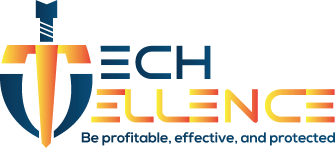Deliverables of the Chief Information Officer
A Chief Information Officer (CIO) is responsible for overseeing a company’s IT strategy and ensuring it aligns with the business’s goals. The CIO delivers several key outcomes, which are often referred to as deliverables. Depending on the agreement, the CIO may deliver the following key services:
 Chief Information Officer Deliverables
Chief Information Officer Deliverables
IT Operations Review
Executive Leadership Meeting
Performance Metrics Review
Strategic Planning Review
Risk Management Assessment
Project Portfolio Review
Vendor Performance Review
Board Update Meeting
IT Strategy Development
Budget Planning
Technology Roadmap
Compliance and Audit
Disaster Recovery and Business Continuity Planning
Technology Trends Analysis
Site Visits
Technical Program Management
System / Process Assessment
Software Development and Automation
Vision and Team Development
Cloud, Global Infrastructure and Operations
System Design for Massive Operations
CIO Representation
Other Technology Leadership Deliverables
Are you looking for Technology Leadership to support your company? Speak with Dr. Sur to find out what Techellence can do for you.

